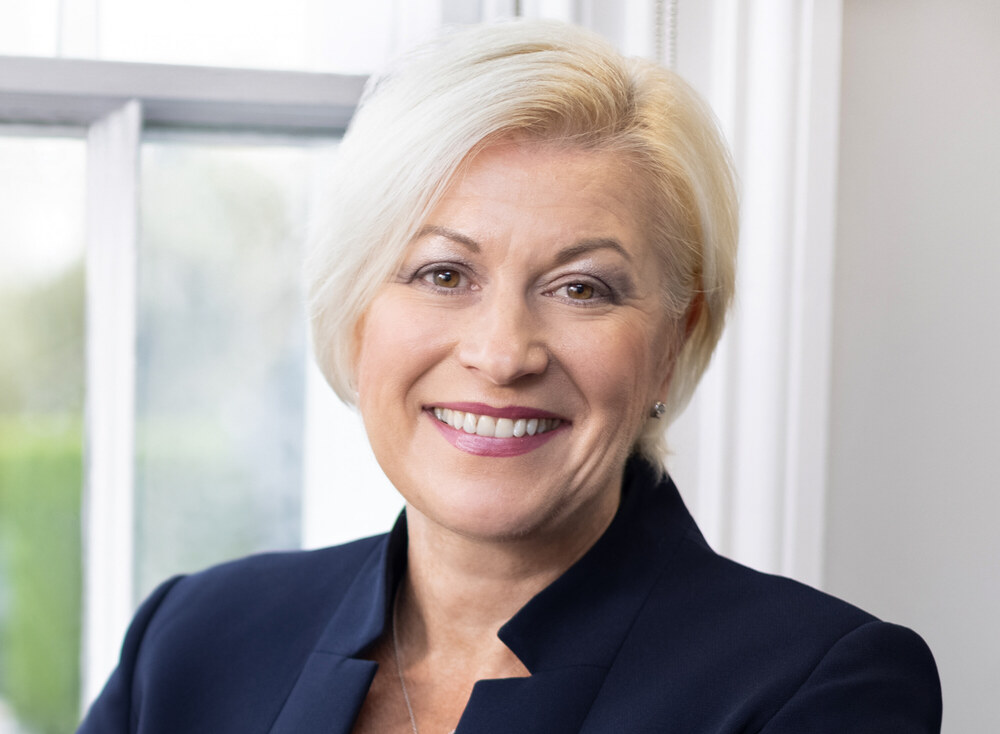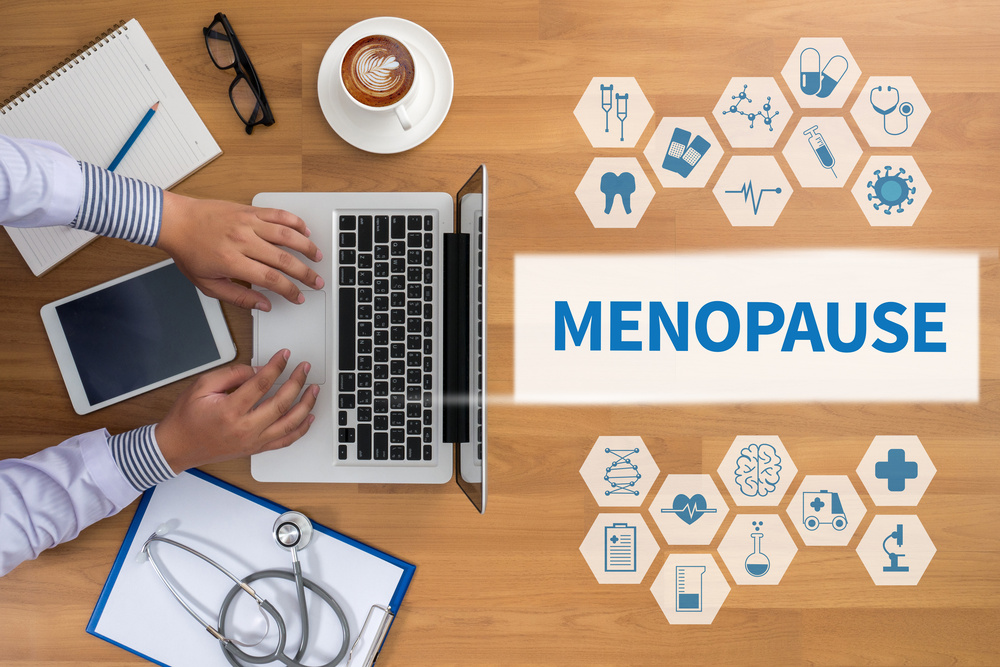The launch of the new women’s healthcare strategy has been hailed a “landmark moment” by some, with the government pledging to “tackle deep-rooted, systemic issues within the health and care system” and to “reset how it listens to women”.
Outlined in this strategy are the plans for “major new research” on women’s health issues to plug the gender data gap, mandatory training of doctors on women’s health and a £10 million breast screening programme.
But does the new strategy go far enough? We asked a few experts in women’s health in the wellbeing industry for their views.
Employers shouldn’t wait to take meaningful action
Peppy’s director of fertility and women’s health, Francesca Steyn, welcomes the move as a positive step but is worried that employers will wait until the recommendations are published before they actually take meaningful action:
“Employers can make a big difference by being proactive in offering gender-specific support, so it’s important they front-foot this. Expert women’s health support can help improve employee engagement, productivity and attract and retain a gender-diverse workforce, all very real issues that businesses face today.”
In Peppy’s experience, forward thinking organisations are already on to the importance of gender-specific health support and Steyn is “very encouraged by the sheer number of employers” that have already launched programmes.
Forward thinking firms already behind gender-specific support
One of the biggest challenges is creating a ‘joined up’ approach to women’s wellbeing and Steyn believes that good communication is at the heart of this. Firstly, it’s important for employers to start by asking their staff what support they want. Then, once they’ve launched services that meet these needs, employers must let them know about them by communicating regularly via different channels. Steyn says:
“We’ve found it’s really helped employers when we launch our service – for instance via a webinar – so employees understand what the support really entails, and then run regular events and send communications that are personalised. Working with employers to regularly communicate support is one of the best ways to improve engagement.”
However, research by Peppy also suggests that most employers are not communicating about their women’s health services nearly enough. Of the employers who offer menopause support, for instance, one in five communicated about it only on a quarterly or even less frequent basis. This research also shows that communication is often more effective when it’s specific, for instance on the support available for specific symptoms.
Women’s health doesn’t start and end with the menopause
Dr Shree Datta, obstetrician and gynaecologist who runs Her Healthcare, is on a mission to educate and empower women to take their health into their own hands and agrees that employers are a key part of the health promotion mix.
Like Steyn, she welcomes the new strategy saying “it’s great to finally see women’s health prioritised”. But she’d like “much more strength behind it – I’d like to see the government really knuckle down and be clear about what is needed”.
There’s also a danger, given all the recent positive and effective awareness around it, that employers focus on specific topics such as the menopause, neglecting other crucial aspects of women’s health, she says: “Women’s health doesn’t begin and end with the menopause alone.”
We need to normalise periods and talk about them at work
Dr Shree urges employers to think about women’s healthcare across their entire lifespan, incorporating topics that many patients need more information about such as egg freezing, contraception and period problems. In fact, if there’s one thing she’d like to see more in the workplace, it’s conversations about periods:
“We need to normalise period health. They’re just another part of our health and wellbeing. I would like women to feel as comfortable talking about period related problems as they are for other systems in our body. After all, it’s just another system.”
Again, some more progressive companies are already trying to get the conversation going around periods and Dr Shree has taught on areas such as what can go wrong with periods, why and how you can manage problems.
She explains that what is happening with a woman’s period can be influenced by several factors, including stress and lifestyle. Covid has also been a “massive issue” which has had an impact on both periods and fertility for some women.
Periods can be influenced by stress
“People don’t know much about periods,” she says. “It can be difficult to imagine a team member who has heavy periods and needs to go to the toilet every hour. It can be difficult to know how to manage that and when to see a doctor. So in educational seminars, I give practical guidance on areas like this, to help people have those difficult conversations.”
From an employee point of view, Dr Shree wants to raise awareness around what is normal and abnormal when it comes to periods, so women are better prepared when they go and see their GP or health specialist. Prevention is always better than cure and the earlier problems are detected, the better for the individual and the system as a whole.
Amy McKeown, a mental health, health & wellbeing and women’s health consultant, is not afraid of difficult conversations, or the discomfort that can be caused mentioning periods at work, believing this is the best way to normalise taboo subjects. She’s even going to be talking about periods at the House of Lords on October 10 as part of the launch of the first online menstrual awareness tracker, to be given out via GPs as a social prescription.
Men are embarrassed talking about blood and sanitary towels
“51% of the population has periods but we don’t talk about this at work. I talk about it openly and I’m always amazed at how people react to that,” she says. “Men are embarrassed talking about blood and sanitary towels and women don’t want to open that conversation, because it makes them feel weak and ashamed. The societal response to periods is usually that it’s something awful that happens once a month and you ignore it or just get on with it.”
Mental health check-ins, where people talk about how they are feeling, are now a normal part of many employees’ routine now and Mckeown would like to see more women confident enough to say things like: “I’m feeling a bit rubbish, I’ve got a bit of a cold and my period has just started, so I don’t feel great.”
McKeown believes women could be much happier, productive and creative at work if they worked in sync with their menstrual cycles. This is a subject she’s studied, but also recognises patterns in her own cycle, which she uses to optimise her time:
Women can be more productive when they know their cycle
“Around day 25, 26 or 27, I could literally look at a tree for six hours. I’ve had to learn that rather than beat myself up, I have to slow down and give myself some space. But I know that I’ll absolutely nail that creative patch around about days 4- 8. I’ll achieve double then, if I’ve rested at different points before. Women are more productive if they can follow the energy of their cycle, rather than just go linear and burn out.”
While she concedes that all this may sound a bit “woo woo” to some, she is certainly not a lone voice arguing this point. There is growing mainstream traction for the view that the missing link for women in the workplace is the allowance to work with, rather than against, their bodies.
This is not about men versus women
And this is not to pit women against men – it’s to recognise that their cycles are different and that women have historically had to shoehorn themselves into a masculine system that doesn’t truly work for them. That’s why McKeown is glad to see, in the new women’s healthcare strategy, a holistic approach which views the issue through a female lens and through the female lifecycle, rather than just looking at female-specific conditions, centred around the menopause and fertility.
“The key point here is it’s not about women’s health versus men’s health. It’s about creating a structure and a strategy that means that different bodies are actually being looked after in a way that’s optimum to them. Historically for women that’s been just 1% of healthcare research and innovation invested in female-specific conditions beyond oncology. That’s 1% of research and innovation spent of 51% of the population. That’s why things need to change.”
You might also be interested in:
Lunch & Learn Webinar: One size fits none: How to offer gender-inclusive health support at work

















